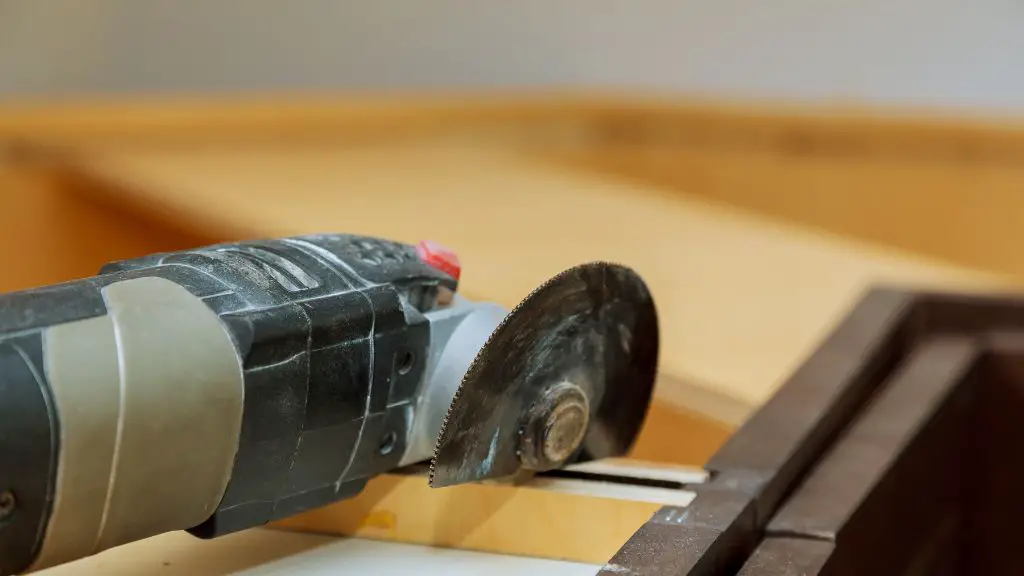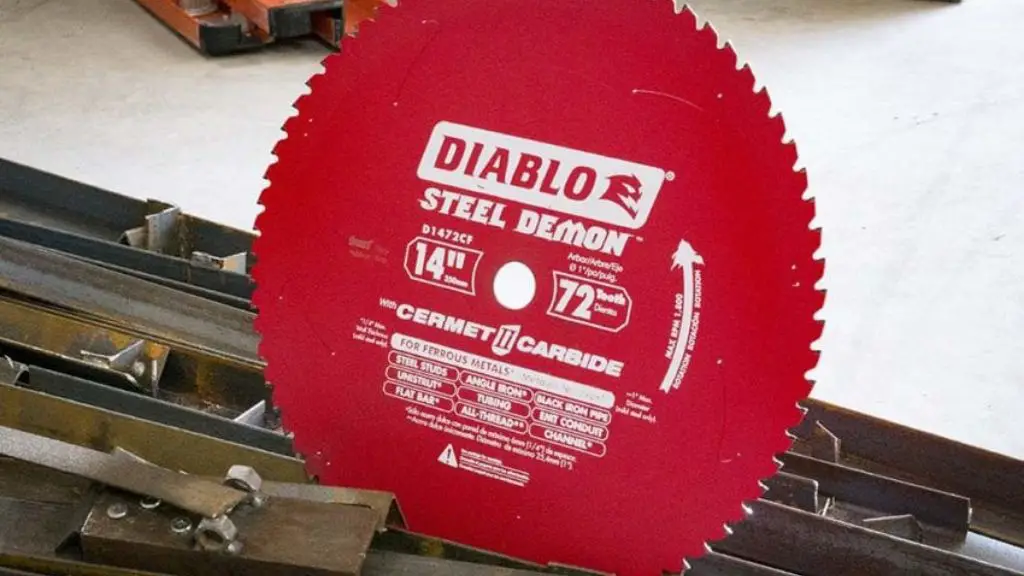Cutting a straight line with a jigsaw is quite a tactical process since jigsaws are only for cutting curves. In addition, the flexible nature of plywood could make it splinter when you try cutting a straight line with a jigsaw. Fortunately, with the right tools and methods, you can easily use a jigsaw to cut a straight line on any material at any length.
If you intend to use a jigsaw to cut a straight line, you may wonder how to cut plywood straight with a jigsaw. Well, you can achieve this with five simple steps.
Here are the steps to cutting plywood straight using a jigsaw:
- Assemble the Right Tools for the Procedure
- Mark the Plywood
- Clamp Down the Plywood
- Follow the Markings to cut Wood
- Smoothen the Cut-Out Edges
- The article outlines and explains the steps you should take to cut plywood straight using a jigsaw. All these steps involve picking the right saw, cutting the plywood, and getting a smooth result.
Five Steps to Cutting Your Plywood Straight Using a Jigsaw
The ultimate goal of cutting plywood is to cut it into shapes that you can use perfectly. Plywood is useful for several functions ranging from construction to decoration. So, getting a perfect cut is crucial to the project. Although there are other types of saws, you can use them to get a perfectly straight line cut effortlessly.
However, you may have to use a jigsaw in some situations. First, it is best to understand your plywood material and the appropriate method to use a jigsaw in cutting other desired patterns. Then, after understanding these basics, you can follow the detailed steps outlined below to properly use a jigsaw to cut a neat, straight line into your plywood.
1. Assemble the Right Tools for the Procedure
It is vital to always check your tools and assemble them correctly before starting the cutting procedure. Firstly, you need to check your jigsaw blades for straightness and sharpness. Next, check the jigsaw blade using a square to ensure the shoe is perpendicular to the blade.
A blade that does not align properly with the shoe can snap in the middle of the procedure and give you an imperfect result. It is best to use a new jigsaw blade to prevent such situations. However, it would help to also check the new blade for bending because it might have bent unintentionally.
Another criterion to look out for in the jigsaw blade is the thickness of the blade. Thicker blades cut plywood more effectively than less thick blades. In addition, the thicker blades have less flex and are more durable than less thick ones.
The lesser the flex of the blade, the more accurate the cut. A blade with less flex would not swerve from the cutting line, irrespective of the issues in the plywood. It would give you a straight and accurate cut.
Additionally, thicker blades would work efficiently with any jigsaw model, especially the orbital action compatible model. Finally, the cutting process would be faster in any wood or identical material.
Furthermore, It is best to use jigsaw blades with a reverse tooth for a better finish and result. The tooth blades would reduce the wastage when you cut the material. In addition, the blades would limit the tear-outs on the upper part of the wood by cutting on the downstroke.
However, you should avoid using reverse tooth blades with an orbital action-compatible jigsaw model. The tooth blades do not function well with the model. It could affect the entire cutting process or ruin the result.
The next tool you would need for cutting is a set of guides or straight edges. The guides would help to give you a straight clean cut. It is best to use guides whenever you intend to cut a straight line into plywood with a jigsaw.
In addition, you would need clamps to hold the plywood in position. The clamps would ensure you get an accurate cut by preventing the wood from shifting out of position. Lastly, you would need a marker or pencil, measuring tape, a set square, and sandpaper to complete the procedure.
2. Mark the Plywood
It is vital to mark the plywood before cutting it for the best results. Marking the plywood ensures precision and accuracy when cutting the material. To mark the wood, measure the desired length with a measuring tape and mark the measurement with a pencil.
Next, mark the cutting line on the plywood material with a set square. It would help if you kept the waste side of the cut in mind when marking the cutting line for accuracy. Finally, trace the cutting line with the square. If the plywood is small, you should use a speed square and a framing square for larger plywood.
Alternatively, you can use a combination square, ruler, or guide to direct the cutting line. However, it is best to always measure with tape and mark with a pencil or marker, especially if you are not accurate with cutting.
3. Clamp Down the Plywood
Clear your workstation and clamp the plywood into position. Nothing must be disturbing the plywood from staying in position. Any error with clamping could make it inconvenient to cut, thereby giving you the wrong result.
Attach the plywood to your cutting platform, considering the jigsaw’s shoe. You should ensure that the shoe fits firmly against the straight edges or guides and that the blades align with the cutting line.
4. Follow the Markings to Cut Wood
Position the jigsaw on the plywood material while ensuring the shoe rests on the material and align with the plywood markings. Then, please turn on the jigsaw and move it along the cutting line forward. It is best to allow the saw to reach its maximum speed before placing it on the material.
You should avoid hastening the cutting process and putting too much pressure on the saw. It would help to keep the saw blades on the cutting line for the best results. Do not remove the blades until you reach the end of the cutting line.
Another method to ensure accuracy is to create a fence for the jigsaw. To use this method, first, you need to clamp a guide or straightedge parallel to the cutting line you created. Next, you should ensure the shoe of the saw rests against the fence you created.
It would help position the straightedge away from the cutting line. Next, switch on the jigsaw and wait till it reaches optimal speed. Then, slowly bring the blades into the plywood. It would be best if you cut along the cutting line and the shoe doesn’t move out of position.
Additionally, knowing that the shoe resting against the fence is crucial to the entire cutting process. You will not get a straight cut if the shoe moves. However, the jigsaw would cut through the material irrespective of the position. Although, the result won’t be straight.
Remove the fences and unclamp the plywood for further use. You can decide to use the plywood in this current state or smoothen the edge a little. It all depends on your intended purpose. However, if you need a smoother edge, you should follow the next step.
5. Smoothen the Cut-out Edges
Use sandpaper to smoothen the cut-out edges before using the wood for the intended purpose. Sand the plywood edges down along the cut-out part using 120-grit sandpaper. You should avoid sanding it for too long if your straight cut is accurate; it can affect the plywood size.
The sandpaper method is a traditional method that ensures accuracy. However, it is time-consuming and takes a lot of effort to get a fine edge. Therefore, it is best to use automatic power sanders for faster and better results.
Position the sanding pad along the edge you intend to smoothen and sand it slowly. It would be best if you used a random orbit power sander for the best results. The random orbit sander is a versatile power sander that can smoothen any edge in any material.
You can now use the plywood for any purpose you desire. Additionally, it would help if you always remembered to use the appropriate safety equipment when cutting plywood or any other material. The basic safety gears include earplugs, safety goggles, and gloves to protect your hand from wood splinters.
Also, you should avoid raising the jigsaw blades until you are certain you have come to the end of the cutting line. Raising the blades could make you lose track of the cutting line, ruining the entire cutting procedure.
Conclusion
Cutting a straight line on plywood with a jigsaw is an easy project that only requires some basic steps. So, you do not need to contact a carpenter to cut the minor plywood you need. It is because the process is easier than one could imagine.
Although, it is best always to understand the process of using a jigsaw for ideal cuts and the accurate speed of cutting through plywood before proceeding. Cutting the plywood by yourself is quite an awesome experience.
I hope that you found this article helpful and you’ve been able to cut a straight line through your plywood with a jigsaw. Well, you should always ensure to follow the steps closely for the best results.

I have always loved sawing and cutting. I started doing it when I was a kid and never stopped. I love the feel of the wood beneath my hands, the smell of the sawdust, and the satisfaction of creating something beautiful.
I’ve been writing for quite some time now and thoroughly enjoy sharing my passion with others. I’ve written for both online and offline publications – such as Amazon and Medium.




